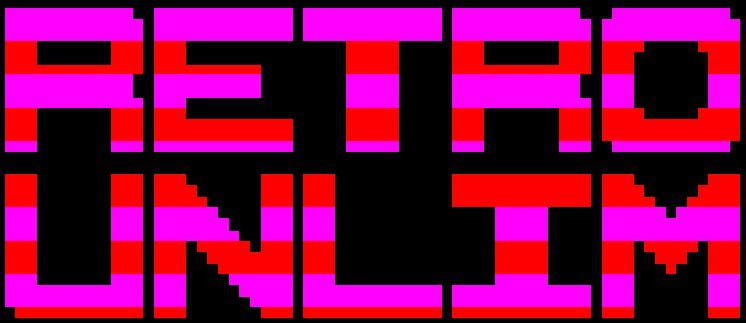Let’s Compare ( Asteroids )
Gaming History Source
Description Source:
http://en.wikipedia.org/wiki/Asteroids_%28video_game%29
Asteroids is a video arcade game released in 1979 by Atari Inc. It was one of the most popular and influential games of the Golden Age of Arcade Games.[citation needed] Asteroids uses a vector display and a two-dimensional view that wraps around in both screen axes (a toroidal topology). The player controls a spaceship in an asteroid field which is periodically traversed by flying saucers. The object of the game is to shoot and destroy asteroids and saucers while not colliding with either, or being hit by the saucers’ counter-fire.
The game was conceived by Lyle Rains and programmed and designed by Ed Logg.[1] It was implemented on hardware developed by Howard Delman. Asteroids was a hit in the United States and became Atari’s best selling game of all time.[2] Atari had been in the process of manufacturing another vector game, Lunar Lander, but demand for Asteroids was so high they stopped further production of Lunar Lander so they could begin building Asteroids.[citation needed] The first 300 Asteroids machines were sent out in Lunar Lander cabinets. Asteroids was so popular that video arcade operators sometimes had to install larger boxes to hold the amount of coins that were spent by players.
Asteroids is also the first game to use Atari’s “QuadraScan” vector-refresh system.[3] a full-color version known as “Color-QuadraScan” was later developed for games such as Space Duel and Tempest.
The objective of Asteroids is to score as many points as possible by destroying asteroids and flying saucers. The player controls a triangular-shaped ship that can rotate left and right, fire shots straight forward, and thrust forward. As the ship moves, momentum is not conserved — the ship eventually comes to a stop again when not thrusting. The player can also send their ship into hyperspace, causing it to disappear and reappear in a random location on the screen (with the risk of self-destructing or appearing on top of an asteroid).
Each stage starts with a few asteroids drifting in random directions on the screen. Objects wrap around screen edges — for instance, an asteroid that drifts off the top edge of the screen reappears at the bottom and continues moving in the same direction. As the player shoots asteroids, they break into smaller asteroids that frequently move faster and are more difficult to hit. Smaller asteroids also score higher points. Periodically, a flying saucer appears on one side of the screen and moves across to the other before disappearing again. The saucers are of two kinds: Large saucers fire in random directions, while small saucers aim at the player’s ship.
The minimalist soundtrack features a memorable deep-toned electronic “heartbeat”, which quickens as the asteroid density is reduced by the player’s fire.
Once the screen has been cleared of all asteroids and flying saucers, a new set of large asteroids appears. The number of asteroids increases each round up to a maximum of twelve. The game is over when the player has lost all of his/her lives.
Like many games of its time, Asteroids contains several bugs that were mostly the result of the original programmers underestimating the game’s popularity or the skill of its players. The maximum possible score in this game is 99,990 points, after which it “rolls over” back to zero. Also, an oversight in the small saucer’s programming gave rise to a popular strategy known as “lurking” — because the saucer could only shoot directly at the player’s position on the screen, the player could “hide” at the opposite end of the screen and shoot across the screen boundary, while remaining relatively safe. This led to experienced players being able to play indefinitely on a single credit.[4] This oversight was addressed in the game’s sequel, Asteroids Deluxe, and led to significant changes in the way game developers designed and tested their games in the future.[citation needed]
On some early versions of the game, it was also possible to hide the ship in the score area indefinitely without being hit by asteroids













